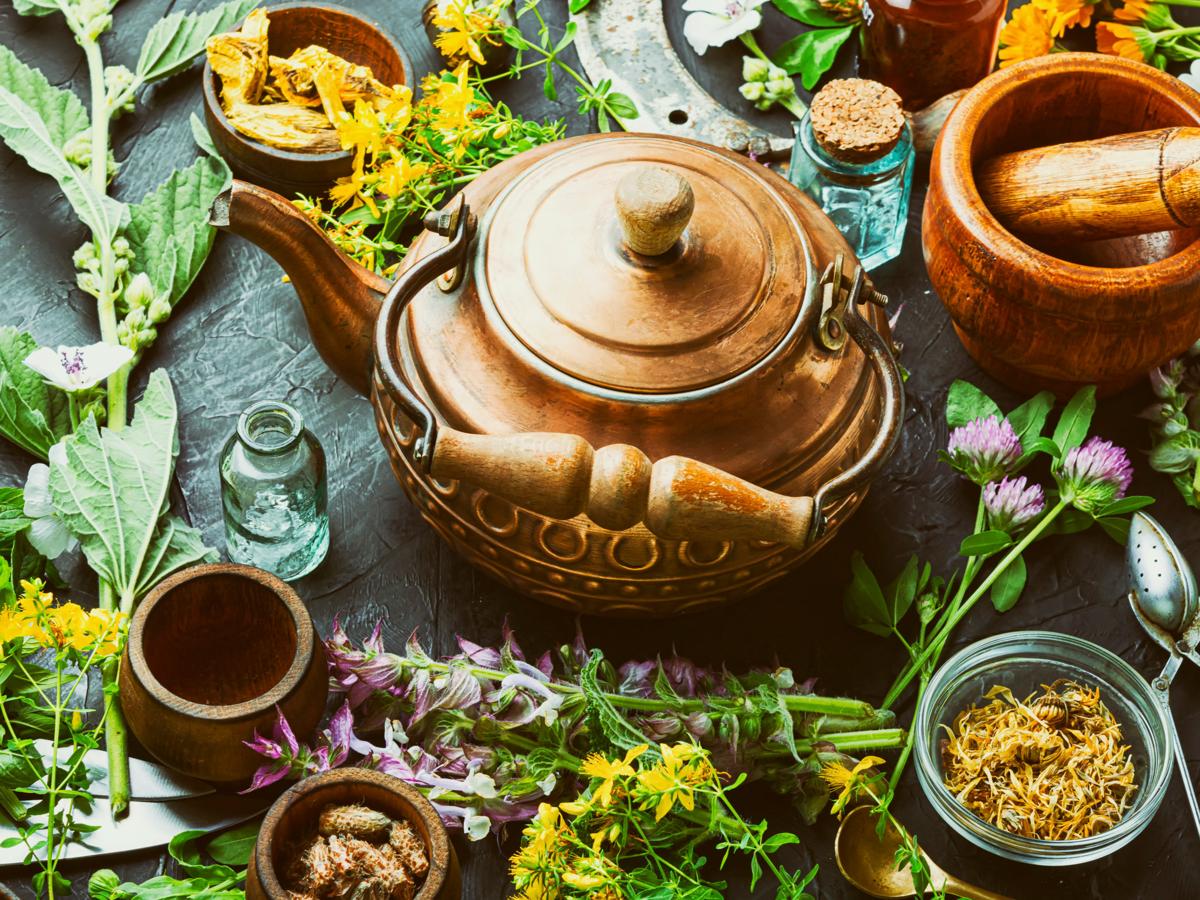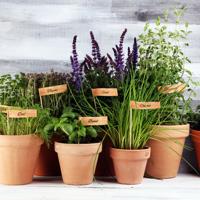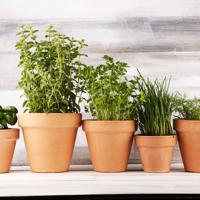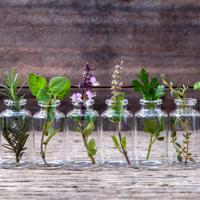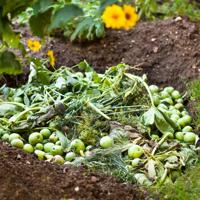Creating your own herbal tea blends can be a delightful and rewarding experience. It is a wonderful way to connect with nature and enjoy the fruits of your gardening efforts. Plus, homemade herbal teas offer a personal touch and allow you to customize flavors to suit your palate. Let’s explore some basics, and I’ll share a few of my favorite blends.
Understanding Herbal Teas
Herbal teas, or tisanes, are comprised of a variety of leaves, flowers, seeds, or roots. They come in many flavors and can have varying effects, from calming to invigorating.
Each herb has its properties, and when blended thoughtfully, they can provide multifaceted flavor profiles and potential health benefits. However, it’s always a good idea to research or consult a professional to ensure safe consumption, especially if you are taking medications or have allergies.
Basic Ingredients and Tools
While you don’t need much to start making your own herbal tea blends, there are some basic items that can enhance your experience:
-
Dried or fresh herbs: Growing your own means you always know what went into them.
-
Storage containers: Glass jars work well for storing dried herbs.
-
A mortar and pestle or herb mill: To break down herbs into smaller, more manageable pieces.
-
Teapots or infusers: To steep your blends effectively.
Herb Selection
Start with a small selection of herbs. Here are a few that are commonly used in herbal teas:
- Chamomile: Known for its calming properties.
- Peppermint: Often used to aid digestion.
- Lemon Balm: Offers a sweet and citrusy flavor.
- Lavender: Adds a floral note and can help promote relaxation.
- Ginger: Known for its warming and spicy characteristics.
Crafting Your Blend
When crafting an herbal tea blend, consider both the aroma and flavor. A good starting balance is to use three sets of herbs:
-
Base Herbs: Often milder herbs that create a rounded body (e.g., rooibos, chamomile).
-
Supporting Herbs: These add complexity and can include floral, fruity, or herbal tones (e.g., lavender, lemon balm).
-
Accent Herbs: These infuse sharpness or sweetness (e.g., mint, ginger).
Example Tea Blends
Here are some blend ideas that I find pleasing:
1. Soothing Nightcap Blend:
- 1 part chamomile
- 1 part lavender
- 1 part lemon balm
This blend is particularly calming and can be a nice way to wind down an evening.
2. Invigorating Morning Blend:
- 1 part peppermint
- 1 part ginger
- 1 part lemon balm
This combination is refreshing and can offer a slight invigoration without caffeine.
3. Digestive Relief Blend:
- 1 part peppermint
- 1 part fennel seeds
- 1 part ginger
This blend can aid digestion and can be a nice complement after a meal.
Preparation Tips
-
Drying Herbs: Ensure that the herbs are completely dried before storing them in airtight containers. This prevents mold and preserves their flavors and aromas.
-
Blending Ratios: It is advisable to keep notes on the ratios you use when blending so you can reproduce a particularly satisfying mix.
-
Adjust to Taste: Feel free to adjust ratios based on your preference shortly after brewing.
Conclusion
Creating your own herbal tea blends from garden herbs is a fulfilling endeavor. It allows you to experiment with flavors and enjoy the subtle nuances each herb offers. Remember, the journey is as enjoyable as the destination, so take the time to sample and tweak your blends until they are just right for you.
Explore with an open heart and happy brewing!
